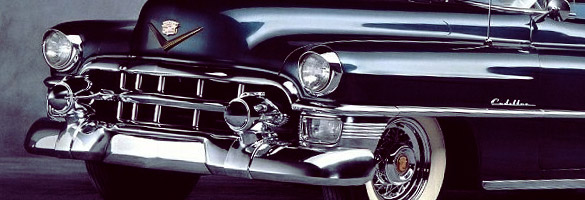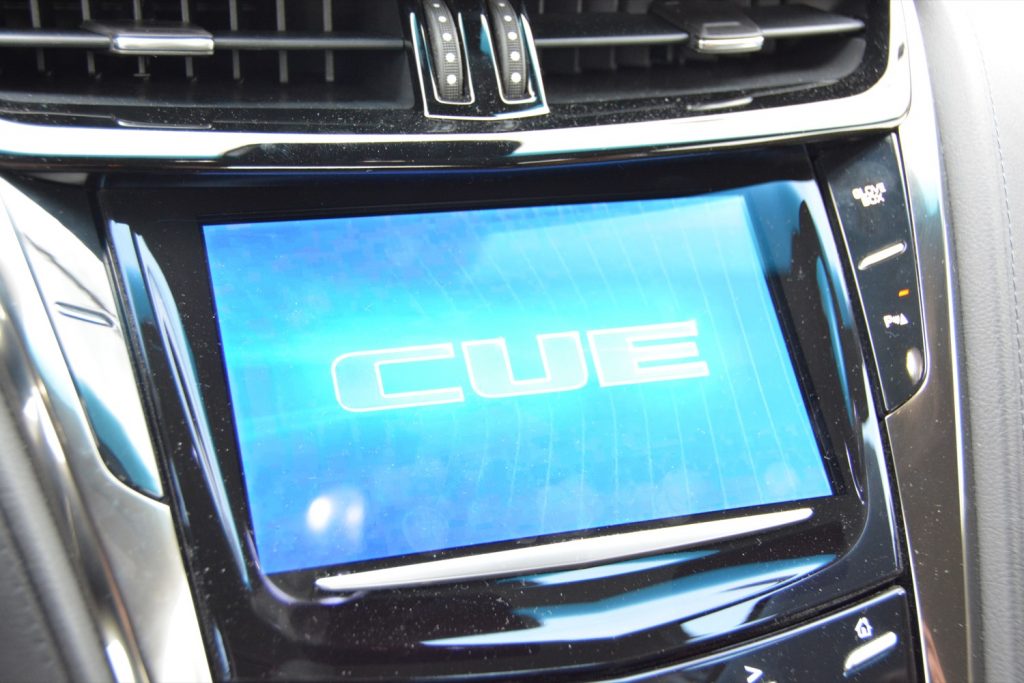Cadillac Cue Hacks


The comes with the CUE system which is used to control many of the interior features of the car. The system uses intuitive smartphone inspired controls, including tapping, swiping, and pinching, and a clean, uncluttered design. A proximity sensor detects your hand as it approaches the screen. When a button is pressed the screen pulses to acknowledge the input, allowing you to keep your eyes on the road. The system can also be controlled with voice commands to find a song, make a call, or input a destination using Natural Voice Recognition. The CUE system can be synchronized with up to ten devices so that you can access your contacts and stream music.
Jul 25, 2012. In the meantime, CUE is very good. It's like having an iPad in your dash, and anyone comfortable with an iPhone or Droid will find it familiar. You know how you can work an iPhone upside down? CUE doesn't do that. The controls are touch-sensitive and generally quick to react, especially on the screen. Oct 31, 2015. People seem to still like them, and for certain applications like our Cadillac Cue system — volume up-down is a slide, it's a swipe on that. It's a little rough! That's not precise, or you can use the steering wheel controls, but people still like the knob to turn things up and down. So for that purpose, there's a.
You can also install apps on the system, including Pandora, and your favorites can be placed in an app tray that appears at the top of each screen. The optional navigation system is integrated into the CUE system, and uses the same smartphone style controls. The navigation system features 3D mapping and integrated Doppler weather reports. The entire CUE system is fully updatable during the life of your vehicle.
© 2017 AutoWeb, Inc., all rights reserved. Certain specifications, prices and equipment data have been provided under license from Chrome Data Solutions ('Chrome Data'). © 2012 Chrome Data Solutions, LP. All Rights Reserved. This information is supplied for personal use only and may not be used for any commercial purpose whatsoever without the express written consent of Chrome Data.
Chrome Data makes no guarantee or warranty, either expressed or implied, including without limitation any warranty of merchantability or fitness for particular purpose, with respect to the data presented here. All specifications, prices and equipment are subject to change without notice. Ms Office 2007 Free Download Setup Exe there.
[Updated July 25] — A Linux Foundation executive revealed that the 2014 Toyota Lexus IS is the second major automobile to offer an in-vehicle infotainment (IVI) system based on Linux. Meanwhile, ABI Research projects that Linux will quickly grow to represent 20 percent of automotive computers by 2018, pulling closer to Microsoft behind industry-leading QNX. Since the GENIVI Foundation was launched in 2009 to foster standardization on automotive computers built on open source Linux, the move toward Linux-based IVI and connected automotive telematics systems has been halting. Now, however, a second car manufacturer — Toyota — is introducing a Linux IVI system, according to the Linux Foundation. Last year, GM’s Cadillac division released a Debian Linux-based (CUE) IVI system, initially built into the Cadillac XTS and now also available in the Cadillac SRX. GM’s Cadillac CUE was built by GENIVI Alliance members MontaVista Software and Bosch and uses similar code, but is not listed as compliant with the open GENIVI spec.
2014 Cadillac XTS CUE IVI system (click image to enlarge) Yesterday, Rudolf Streif, Director of Embedded Solutions with the Linux Foundation and the Automotive Grade Linux (AGL) working group, luxury sedan as being the second major car brand to offer a Linux-based IVI navigation system. Toyota does not mention Linux in its promotion for the Lexus IS, which appears to have recently gone on sale. It does, however, tout features like smartphone interconnectivity, 3D map displays, and blind spot monitors, as well as automotive features like new styling and suspension. Toyota’s 2014 Lexus IS has a Linux-based IVI system Streif offered no tech details on the sedan’s inner tuxification, mentioning it in passing in his announcement for the Linux Foundation’s 3rd Annual Automotive Linux Summit, to be held Oct. 24-25, in Edinburgh, Scotland.
Toyota is a foundational member of the AGL, although not, like GM, a member of GENIVI (see farther below for details). ABI sees growing role for Linux in automotive According to a report released this week by ABI, the total number of “OEM-installed connected car telematics systems,” which include IVI systems, will increase from around 7.8 million at the end of 2012 to 46.8 million units by the end of 2018. Currently, BlackBerry’s QNX Software and Microsoft’s Windows Embedded Automotive together account for around 75 to 80 percent of the market, says ABI. According to the ABI study, over the next 15 years, Linux will be the fastest growing platform in automotive computers, achieving 20 percent share by 2018. Linux “will slowly displace Microsoft’s Windows Embedded Automotive in importance,” predicts the research firm, although it’s unclear whether it will surpass Windows by 2018 or later. Earlier this year, Microsoft received something of a blow when its major partner Ford said it was releasing the proprietary source code for Ford’s Microsoft Windows Embedded Automotive based Sync platform to GENIVI. Ford is establishing an open-source GENIVI project called SmartPhoneLink based on Sync that will contain the code and documentation necessary to implement its AppLink software into any vehicle’s IVI system for iOS and Android devices.